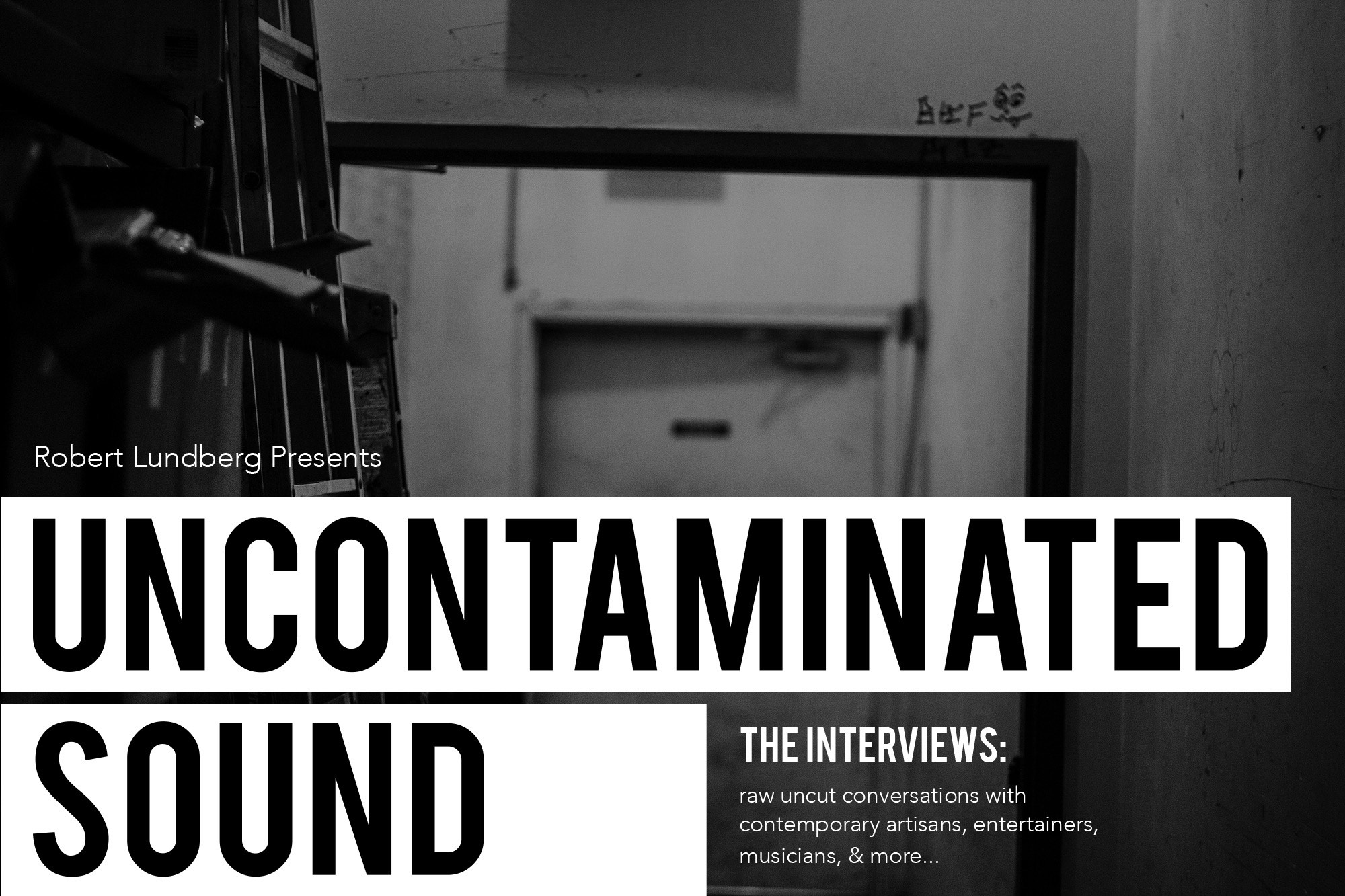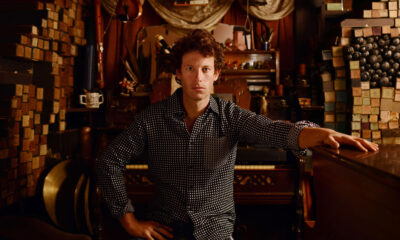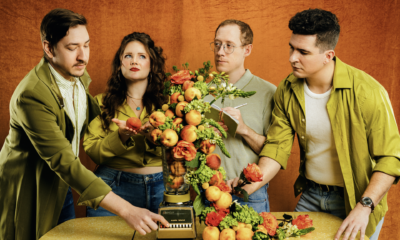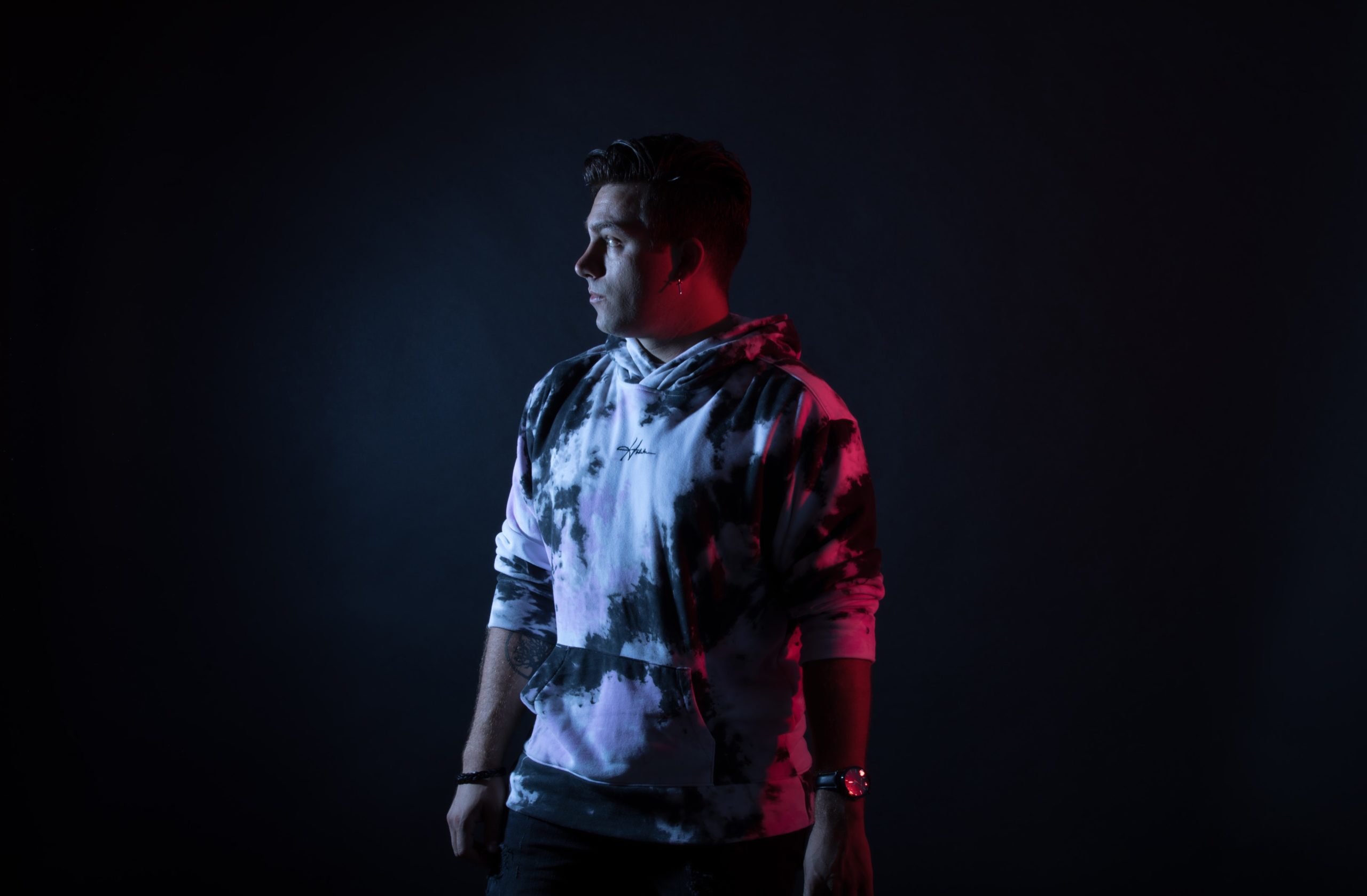Interviews
Rupert Sanders Interview; ‘Ghost In The Shell’ Director on Creating a Sci-Fi World and Working with Scarlett Johansson
Director Rupert Sanders tells us what it was like to bring the world of Ghost in the Shell to life and how it was working with Scarlett Johansson.
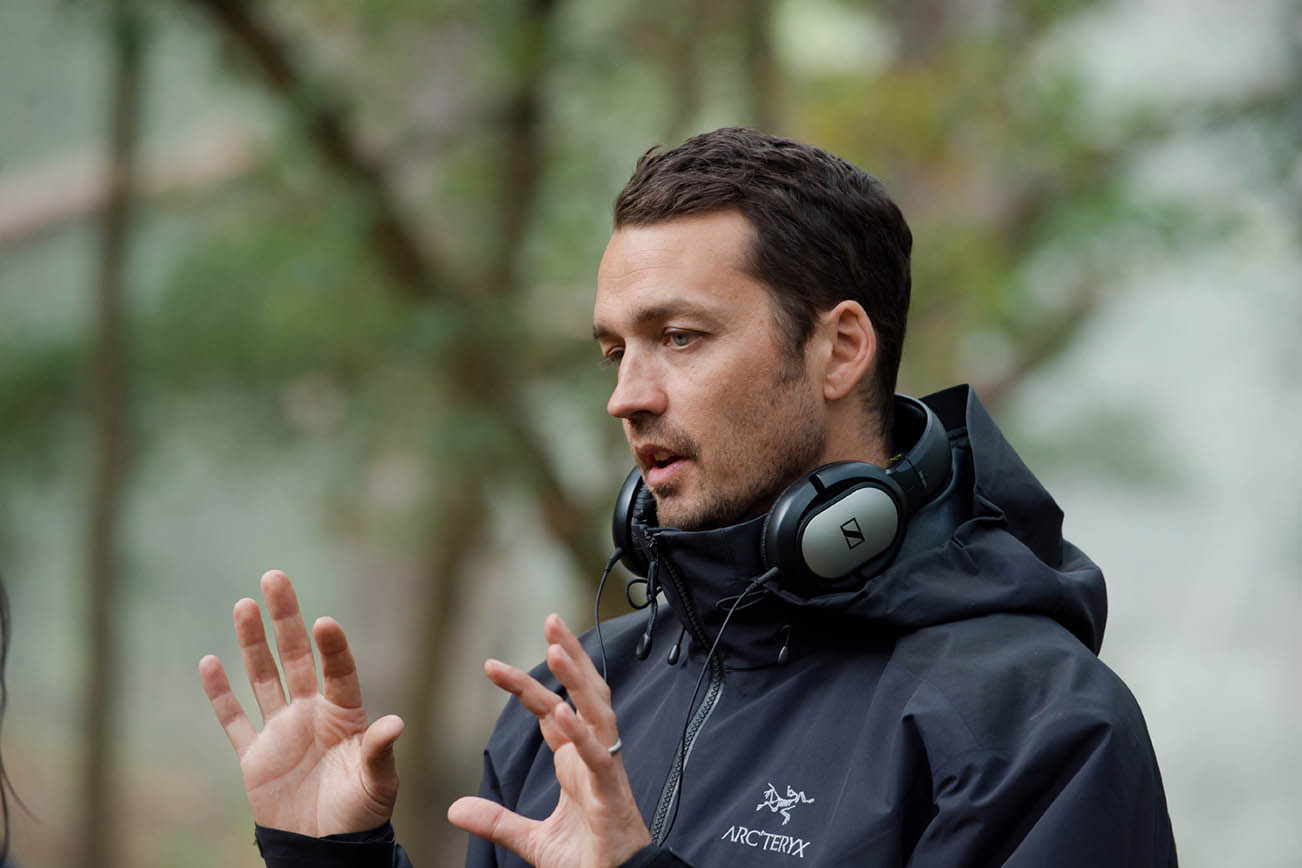
Ghost In The Shell is a visually mesmerizing and wondrously dark world that explores the heartbeat of the story concerning the alchemy of humanity and technology. The tale of a girl who becomes the first person to have their brain successfully implanted into an android body, hence the title. Eventually Major (Scarlett Johansson) questions her mind, motives and memories as she explores what it means to be human and the ongoing role technology plays in human lives and how it impacts our perception of personal identity and the nature of reality.
Director Rupert Sanders sat down with PureGrainAudio around the recent Blu-ray release and told us what it was like to bring the world of Ghost In The Shell to life and how it was working with Scarlett Johansson. Prepare to dive into a sci-fi world from someone who built one on-screen!
What initially attracted you to the project? Was it the characters? The concept? The story? Or a combination of all three?
Rupert Sanders: I guess it was a combination of all three. I’ve been a big fan of Ghost In The Shell since it first came out. So it was very much something that I kind of was inspired by, you know, for many years. Then I was lucky enough to get a call saying, “Are you interested in that?” I think that the character dynamics, the thematics, are so powerful in Ghost, and the titular character Major is very one-of-a-kind and very original. I felt it was time to have a strong female superhero that was kind of leading the charge really. I love to build worlds and to me, it was a really fascinating and one-of-a-kind world. So that was kind of intoxicating.
One of the massive titanic challenges of sci-fi is having to build the world that the characters live in from scratch essentially. So what was one of the biggest mountains to climb in terms of crafting and creating the world in Major and of Ghost In The Shell?
Sanders: I think it was kind of the most fun challenge really. To me as a filmmaker, I want to do as much as I can practically. I don’t want to just hand the film over at the end to green screen and VFX while they fill in the gaps in my absence. I tried to do everything I could with practical miniatures, with mannequins, with wardrobe, with weaponry, with vehicles. So we really kind of beg, borrowed and stole 1980s Lotus’s that we rebuilt.
We fabricated weapons we built from scratch. Animatronic Geisha’s whose head opens where things come out of their mouths. We exploded Geisha heads. I built miniatures of the cityscapes that we then photographed. Every bit of advertising that floats in the sky in a majestic way was built and photographed and then superimposed. I think it feels like a very practical film. I think that’s one of its big strengths and one of its big successes really, in how we were able to pull it off.

Yeah, which certainly lends itself to the very nature of the themes at the core of the story, like the melding of people and technology. With the visual symphony of colours and effects that are so essential to the story, what made telling the story visually one of the biggest challenges of your career so far?
Sanders: I think it’s like what you said earlier when you’re building a world like this you have to build everything from scratch. I find that quite daunting because we didn’t have a massive superhero budget. We were doing it modestly. We had to find things and augment them to make them work. I think every effect comes with its own challenge and if you look throughout the film there’s a wealth of stuff. We tried to shoot a lot of it practically on the streets of Hong Kong, and film things on the street and translate them into visual effects. So I think it’s taking the uniformity of the world where it all feels like one universe rather than being disjointed. Everything has to feel like Ghost In The Shell and a part of that world.
Yeah, like one cohesive, coherent narrative story rather than a series of vignettes where it’s like a globetrotting type thing.
Sanders: Exactly, and also all the effects feel like they’re driven by the same kind of mechanics that are designed by the same kind of hands. That was particularly challenging.
It certainly has an overarching sense of emotional continuity as well as visual textures throughout the film. So it’s always in context with the story, it’s not just like, “Oh hey, look at this! This is really cool!”
Sanders: Yeah, I agree, and I think that my thing is that with visual effects, the look of something needs to come from the character. If I have a really cool idea, it has to be what is the character trying to do? What is the character trying to say? What does the character want? Therefore, what does the world around them look like? So a lot of those underlying thematics of the film about technology are in the world around them, they’re in the visual effects. They’re in the design of the environment that we’re in so that you’re not necessarily drawing attention to them. “Oh this is a machine that she lives in,” but it’s there and it visually connects with you on more of a subconscious level I think. And I think that’s another kind of exciting style of creating visual worlds like this.
Absolutely, and the genre and the nature of the story itself certainly lends it to that rather than being distracting or anything else. After auditioning literally thousands of women for the role of Major, what made Scarlett Johansson THE decisive choice? Like, “No, she’s gotta be the one.”
Sanders: She’s been some of the most iconic characters in cinema, especially in this kind of space, from Under The Skin, to Her, to Lucy. She has a cyber-punk kind of persona that I think is obviously perfect for this role, and she’s just incredible. When I met with Scarlett she was just so intelligent and thoughtful, and really understands the world of filmmaking. She’s far more experienced than I’ll ever be. She makes two films a year and has since she was eleven. So there were a couple of times where I was like, “We’re not going to need that shot. We should move on, we’ve got to make the day.” And she was like, “Are you sure?” and she kind of gave me a look. I was like, “Maybe I should do it.”
Check out an official Ghost In The Shell trailer
That’s gotta be refreshing that she’s not a diva about it either.
Sanders: She’s not a diva at all. I’ve never met anyone more generous and down to earth. She commits one hundred and ten percent, she loves this film, and she committed one hundred and ten percent on set. She committed one hundred and ten percent while we were promoting the film. That’s all you can really ask for in a collaborative partner.
After seeing the movie opening weekend, one thing that certainly struck me was that it has a very strong sense of being designed to have a shelf-life. Rather than trying to be the one cool movie this summer, it has a strong sense of staying power and re-watch-ability. Did you intentionally try to design those fundamental elements, not just into the story, but into the film itself beyond just the aesthetics of it?
Sanders: I think I set out to make a film that kind of needed repeated viewing. I think the Blu-ray is a good way to kind of analyze the film, the thematics of it and how it was made. Most of the films that inspired me found their longevity through there being a richness and a layering thereof ideas, themes and character elements. They don’t just smack you around the head the first time you watch it. I wanted a film that stayed with you, I wanted a film that you remembered, a film that you wanted to see again. We wanted a film that didn’t age, we wanted something classical, to me people get too caught up in the opening weekend.
“Let’s do the coolest thing right here and now, let’s use this effect and that actor.” To me, this film is not that. We wanted to do something with great actors that don’t really do this kind of film like Juliette Binoche (Mad Men, The Curious Case of Benjamin Button), Takeshi Kitano (Battle Royale) or Pilou Asbaeck (Game of Thrones). We really tried hard to create a cast that was solid actors, unique, Cannes winning actors. Not just like, “He’s the muscles, the dimpled chin,” and, “She’s this and she’s that.” We wanted a film that played well to a big cinema and played well to a big audience. But I think ultimately the film will be most enjoyed in years to come, and I think that’s a testament to the work that the actors did and the incredible group of people that helped make it.
-

 Alternative/Rock20 hours ago
Alternative/Rock20 hours agoThe V13 Fix #010 w/ High on Fire, NOFX, My Dying Bride and more
-
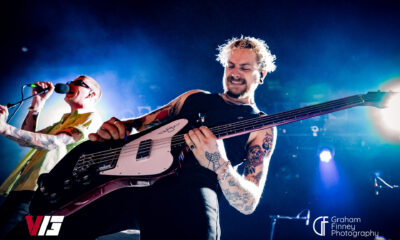
 Hardcore/Punk1 week ago
Hardcore/Punk1 week agoHastings Beat Punks Kid Kapichi Vent Their Frustrations at Leeds Beckett University [Photos]
-
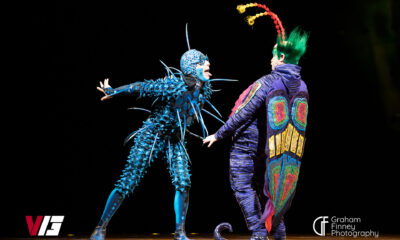
 Culture1 week ago
Culture1 week agoCirque Du Soleil OVO Takes Leeds Fans on a Unique, Unforgettable Journey [Photos]
-

 Alternative/Rock7 days ago
Alternative/Rock7 days agoA Rejuvenated Dream State are ‘Still Dreaming’ as They Bounce Into Manchester YES [Photos]
-

 Music2 days ago
Music2 days agoReclusive Producer Stumbleine Premieres Beat-Driven New Single “Cinderhaze”
-

 Culture2 days ago
Culture2 days agoDan Carter & George Miller Chat Foodinati Live, Heavy Metal Charities and Pre-Gig Meals
-
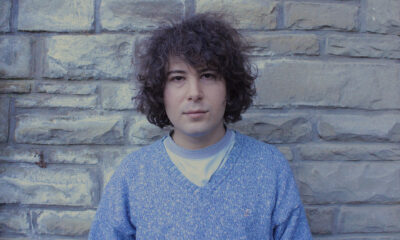
 Indie1 week ago
Indie1 week agoMichele Ducci Premieres Bouncy New Single “You Lay the Path by Walking on it”
-

 Alternative/Rock1 week ago
Alternative/Rock1 week agoWilliam Edward Thompson Premieres His Stripped-Down “Sleep Test” Music Video

